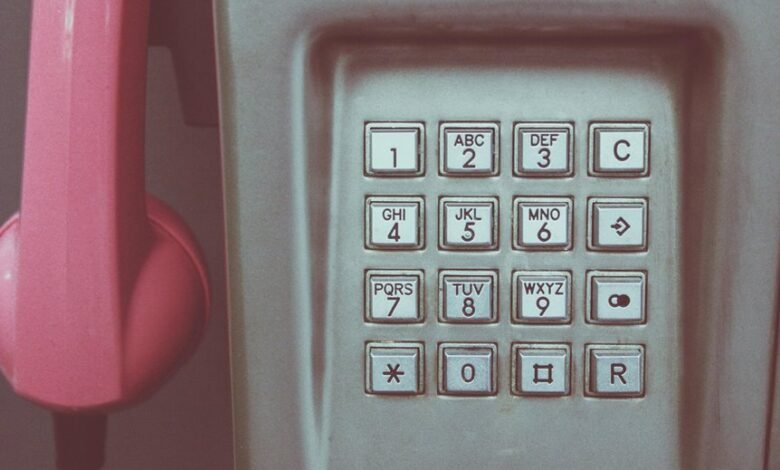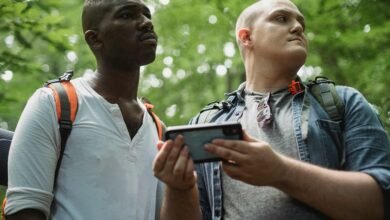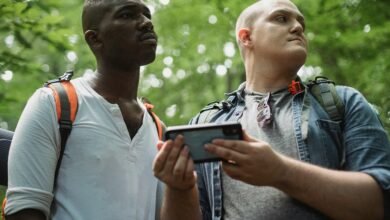Who Called You From 5106170105, 5107474557, 5107680508, 5108448166, 5122540018, and 5122543004? Find Out Everything About Any Phone Number

The increasing frequency of unknown calls from numbers such as 5106170105 and 5122543004 raises concerns about potential spam or fraud. Many individuals find themselves questioning the identity behind these numbers. Utilizing reverse lookup services can provide clarity, revealing who is attempting to make contact. Furthermore, understanding the implications of these calls is crucial for personal security. What methods can one employ to further investigate and protect themselves from unwanted communication?
How to Identify Unknown Callers
How can one effectively identify unknown callers in an age where phone scams and unsolicited contacts are rampant?
Utilizing caller ID systems provides preliminary insight into incoming numbers. For deeper verification, a reverse lookup can uncover the caller’s identity linked to their number.
These methods empower individuals to reclaim their privacy, ensuring informed decisions regarding which calls to answer or dismiss.
Tools and Resources for Tracking Phone Numbers
Utilizing advanced tools and resources for tracking phone numbers can significantly enhance an individual’s ability to identify unknown callers.
Techniques such as reverse lookup services enable users to access comprehensive databases, revealing caller information.
Additionally, call tracing applications allow for real-time tracking of incoming calls, providing valuable insights into the origin and purpose of the communication, ultimately promoting informed decision-making and personal security.
What to Do If You Suspect Spam or Fraud
Recognizing potential spam or fraudulent calls requires a systematic approach to mitigate risks and protect personal information.
Individuals should prioritize reporting spam to relevant authorities, which aids in broader protective measures. Additionally, blocking numbers associated with suspicious activity is crucial for personal security.
Engaging in these practices fosters a proactive stance against unwanted solicitations, ensuring one’s freedom from intrusive communications.
Conclusion
In the labyrinthine world of telecommunication, deciphering the identities behind enigmatic numbers such as 5106170105 and its companions becomes a paramount endeavor. Armed with reverse lookup services and community insights, individuals can transform uncertainty into clarity, arming themselves against the pervasive specter of spam and fraudulent calls. The stakes are high; a single misstep could lead to unwarranted intrusion or perilous scams. Thus, vigilance and the judicious use of technology emerge as indispensable allies in the quest for personal security and peace of mind.





